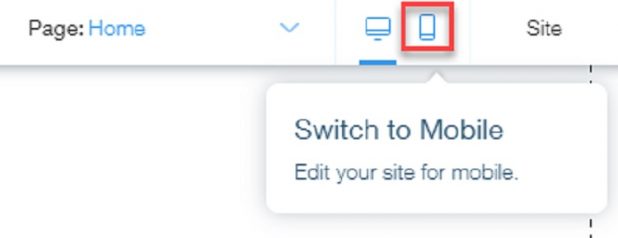In many cases, your website is the core of your online presence. This is especially true for businesses which are depending on their sites to convey a whole slew of impressions upon the visitor – who are you, what you do and so on.
Depending on how you use it, tangibly it can be as little as a mere presence or as much as a sales channel which never stops at any time of day. What isn’t often seen though is the impression your website creates on your customer – which impacts your brand.
Creating a website experience that is flawless can go a long way towards winning the hearts of your visitors. This isn’t as easy as it seems and today, we will discuss some of the aspects which can guide your design for maximum User Experience (UX) benefits.
Do More with Less
Thanks to rich multimedia content, there is a tendency for users today to have shorter attention spans. In fact, there are claims that the average user today has an attention span of approximately 6 to 8 seconds. That is the amount of time you have to win them over.
While your homepage is certainly an important anchor in your site, make sure that you don’t overpopulate it. Stick to only core elements on that page and make use of sub-pages to elaborate or extend.
While there have been cases where business owners have complained of pages that look too Spartan, white space is an essential element of good design. It gives users a sense of freedom and openness.
The drawback of this is that white space does take up space, so an optimal design must be balanced. Keep in mind that the key area of your site will be above the fold (the portion users see before they must start scrolling).
Focus on Speed
Technology has served us well, but it has also spoiled many of us. We have little patience to wait for things and if a website keeps us waiting, we’ll simply visit an alternative site. The loading speed of your site directly influences the chances of increased traffic, not just with your visitors but also affecting your search engine rankings.
As an example, there have been studies showing that 53% of mobile website visitors will leave if a webpage doesn’t load within three seconds. About 47% expect websites to load within 2 seconds. All of this means that you are losing visitors if your site is slow.
There are a ton of ways to increase website speed and performance that doesn’t involve paying a ton for more web hosting resources. Look towards optimizing your site first before buying more resources. For example, make use of gzip or image compression, optimize the coding in your css files and choose the best-performing theme you can find.
When all else fails, then it is time to look for a hosting option that offers more resources. If you are on shared hosting, you might want to consider moving to VPS hosting to increase your site speed.
It’s Past Time to Go Mobile
Thanks to the explosion in mobile technology, more users today are surfing the net on their mobile devices than ever before. In fact, more than half of all web pages today are served up to mobile devices and that number is steadily increasing.

It is vital that your website be able to accommodate mobile users. How this is done depends on your site. If you’re using WordPress, look for a responsive theme that can handle both desktop and mobile traffic. If you’re using a site builder like Wix, they often have a segment that will let you manage the mobile portion of your site specifically.
Secure Your Site
Security is an increasing concern and thanks to moves by major web browsers, users are becoming more aware of this than ever. Almost all browsers today will visually indicate to users if a website they are on is secure or not.
Securing your site involves the use of an SSL certificate and helps reassure users that any data they share with the site is safe. This is especially important if you are running a site that processes user data such as emails and passwords, or even an eCommerce site that needs to manage payment information.
Be Careful with Images
Everyone loves big, beautiful visuals, but they can be a killer drain on resources. Also, they tend to take up a lot of space which could otherwise be more strategically used. Using the wrong image can also influence your visitors greatly.
The type of images you choose needs to resonate with your target market. Visitors need to see images associated personally with your brand and not visuals of anything else even if it’s in the same category.
Use them in key locations that will support your content – for example as breaks between lines of text to let users rest their eyes, or to support a specific point you are trying to make such as the free ranges cows roam, if you’re trying to sell milk.
Conclusion
UX is an entire science on its own and these tips while important are only a fraction of what site owners need to learn. There are both technical as well as human aspects of UX and by using the right mix of both you can create the perfect balance that suits your site.
It can also help you create better overall site results through a combination of consistent branding and clear calls to action.




